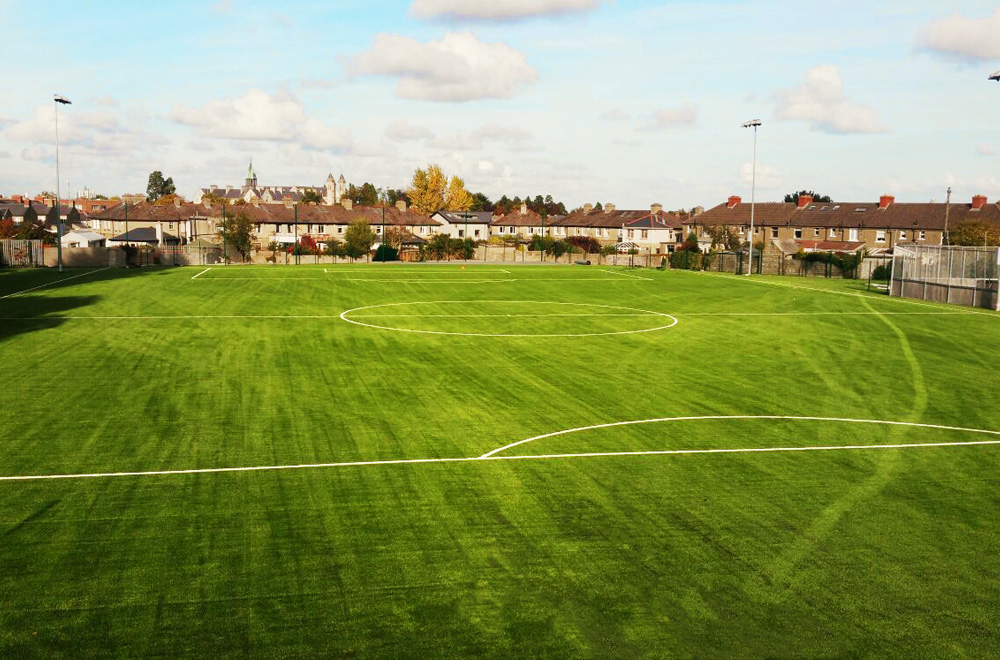
In the world of football, innovation constantly seeks to push the boundaries of performance, safety and sustainability. Artificial Football Turf Once viewed as an alternative, these synthetic surfaces are now an integral part of modern football infrastructure. From professional leagues to grassroots projects, artificial soccer fields are revolutionizing the way players train and compete.
Enhanced Durability and Consistency
Traditional natural grass fields are subject to wear and tear, especially in high-traffic areas and adverse weather conditions. Maintenance costs can also be substantial, with the need for regular watering, mowing, and fertilization. In contrast, artificial football fields offer unparalleled durability and consistency.
Constructed from synthetic fibers woven into a stable base, these surfaces can withstand heavy use and maintain consistent playing conditions regardless of weather conditions. This durability ensures that teams have access to high-quality training facilities year-round, reducing the risk of injuries associated with uneven or degraded playing surfaces.
Optimal Training Conditions
Artificial football fields provide optimal training conditions for players at all levels of the game. The consistent surface allows for precise ball control and predictable ball movement, enabling players to focus on technique and skill development.
Additionally, the all-weather capability ensures that training sessions are not disrupted by rain, snow, or extreme temperatures, allowing for uninterrupted preparation throughout the season. Coaches can tailor training drills to specific tactical objectives, knowing that the surface will facilitate the execution of complex movements and strategies.
Accelerated Skill Development
With the increased frequency and intensity of training made possible by artificial football fields, players experience accelerated skill development. The controlled playing surface allows for repetitive practice of fundamental skills such as passing, dribbling, and shooting, leading to improved proficiency over time. Furthermore, the consistent surface minimizes the risk of injuries associated with sudden changes in terrain, enabling players to train with confidence and push their limits without fear of setbacks.
Leveling the Playing Field
Artificial football fields are not only transforming training but also leveling the playing field in competition. Historically, teams with access to high-quality natural grass stadiums had a distinct advantage over those playing on inferior surfaces. However, with the widespread adoption of artificial football fields, this disparity is diminishing. Teams from diverse geographic regions and economic backgrounds now have access to state-of-the-art facilities, democratizing the sport and fostering greater inclusivity.
Conclusion
The enhanced durability, optimal training conditions and ability to accelerate skill development of artificial football pitches are revolutionizing the way players prepare for games. Additionally, these venues are leveling the playing field, ensuring all teams have access to top-notch facilities regardless of location or resources. As the sport continues to grow, artificial football pitches will continue to be at the forefront of innovation, providing exceptional service and convenience to players around the world.